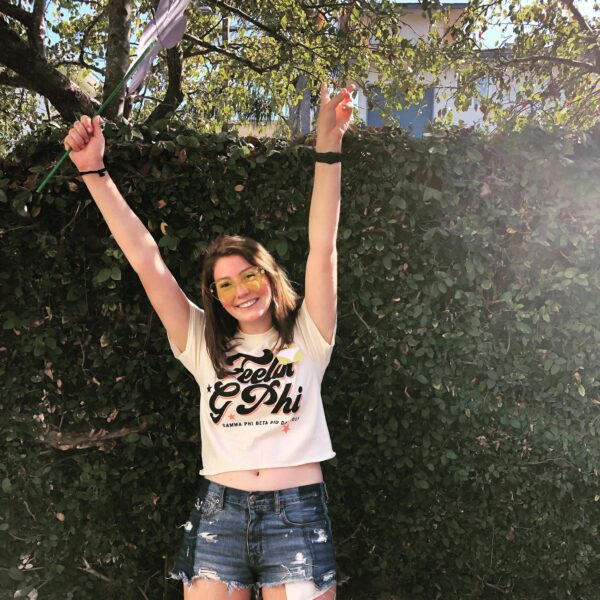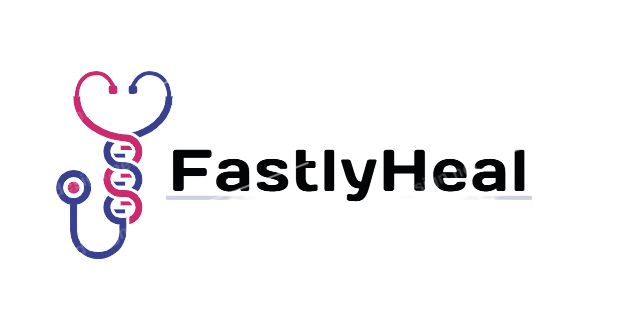Do you feel heavy legs, swelling and / or cramps ? It is possible that it is due to the appearance of varicose veins , a dilation of the veins that causes blood to reach the heart with more difficulty, causing your legs to acquire a purple or bluish color . In most cases, varicose veins appear on the legs, although they can also occur in the testicles, the area around the anus, or the esophagus. There are different types of varicose veins and they can appear for different causes. Don’t worry, most women over 50 suffer from this ailment in the legs and at ON salus we will explain the causes, symptoms and treatments of varicose veins., as well as some remedies that will allow you to alleviate its symptoms in a simple way.
Table of Contents
Types of varicose veins
We can differentiate four types of varicose veins . Each of them has different characteristics and in this way it is possible to identify which ones are suffered.
- Grade I varicose veins . This type of varicose veins manifests itself in a mild way. You can see the dilation of the veins along with a purple or bluish color and may be star-shaped. They are called spider veins and in principle it should only pose a problem on an aesthetic level , since they are visible to the eye and if you have bare legs they can be visible to other people. It is possible that the appearance of varicose veins in this degree is accompanied by a feeling of fatigue and heaviness in the legs .
- Varicose veins grade II . Varicose veins are more visible due to the dilation of the veins. When symptoms appear that go beyond aesthetic factors, varicose veins can cause different ailments . In this phase it is common to feel pain, heaviness, cramps, a sensation of tingling and heat, as well as itching and stinging that can become really annoying.
- Grade III varicose veins . It is the point at which the veins are seen with more intensity when there is greater dilation . The shape of varicose veins is irregular and its symptoms increase with the appearance of edema and swelling . In addition, the skin can undergo changes in its color due to the lack of oxygen to the affected tissues .
- Varicose veins grade IV . Finally, once the varicose veins have appeared and their symptoms have progressively increased, sczematous and ulcers may appear. The ulcers can be caused by an injury and are very difficult to treat on these occasions.
As you can see, the appearance of varicose veins occurs progressively, so if they are detected in time , the problem can be cut at its roots , to avoid reaching higher degrees.
Causes of varicose veins
Now that we know the types of varicose veins, the next step is to understand why we suffer from this dilation of the veins . At this point we will see the reasons that cause the appearance of varicose veins. We can differentiate three main causes :
- The blood in the legs must flow countercurrent to the heart. So that this movement of the blood can cope with the gravity going up the legs, there are valves in the veins whose function is to prevent the blood from going back, in addition to having the muscles of the legs, which contract with the movement facilitating circulation. When these valves do not work , blood accumulates causing swelling.
- Another cause that causes the appearance of varicose veins is thrombophlebitis . It is an inflammation of the veins , but it is also accompanied by blood clots causing pain, redness on the skin and a sensation of heat.
- Another explanation for the appearance of varicose veins is pregnancy . The existence of varicose veins in this case is explained by the inflammation of the inferior vena cava responsible for transporting blood from some organs to the heart. The increase in this vein causes greater pressure on the veins in the legs. Also, blood increases during pregnancy, producing increased pressure .
The appearance of varicose veins can be associated with hereditary factors and can be increased with pregnancy or as the person grows.
Symptoms associated with varicose veins
Varicose veins can be an aesthetic problem, especially for women, since they are more appreciated by not having hair on the legs. However, there are more annoying symptoms that are increased with the appearance of varicose veins and that go beyond an aesthetic problem.
- Visualization of the veins . It is usually the first noticeable symptom due to inflammation of the veins.
- Pain . It is one of the most annoying symptoms and its intensity varies depending on the degree of varicose veins we have. It can be increased with the appearance of other symptoms.
- Tingles . It appears above all when the person does not make any movement of the legs for a period of time. For example, by being on the couch for a long time or sitting while having a meal.
- Swelling . Caused by the dilation of the veins, this symptom can be increased with the development of the disease as fluid accumulates.
- Cramps . They can be defined as punctures in the legs and can appear at certain times of the day, although they are especially suffered at night.
- Heaviness, tiredness . These symptoms are produced mainly by the lack of movement, causing the accumulation of blood. You can be relieved when we walk.
- Color change in the skin . This factor is explained by the exit of red blood cells from the veins and their agglomeration under the skin.
- Ulcers . One of the last symptoms that appears if varicose veins have developed and have not been treated. Once they appear, they are very difficult to heal and are usually present on the inside of the legs.
Treatment for varicose veins
Treatment for varicose veins will depend on the type and symptoms suffered . It is important to see a doctor so that he can inform you about the degree of varicose veins you have in order to apply the appropriate treatment.
Pharmacotherapy
It is used to relieve symptoms as well as to prevent varicose veins from continuing to develop reaching higher degrees. Treatment may be applied to strengthen the wall of the veins , which dilates when affected. Another pharmacological treatment is anticoagulants to prevent thrombi from forming, facilitating blood circulation and the accumulation of red blood cells that cause inflammation. It consists of taking different medications depending on the symptoms, which will act against pain, infection, inflammation, etc.
Surgery to treat varicose veins
- Traditional method . There is the option of undergoing surgery to remove the affected veins. The problem with this method is that it requires general anesthesia and causes some postoperative problems such as pain and bruising. Also, it is not guaranteed that varicose veins will not reappear.
- Microsurgery . The affected veins are removed by making as few incisions as possible. It has more advantages than the traditional method , since the hospital stay is not necessary and the results are better .
- Sclerotherapy . It consists of closing the veins by themselves, causing irritation inside them. It is similar to scarring, the problem is that there is a risk that the veins will reopen.
- Laser . This method is based on the elimination of red blood cells and the closure of varicose veins. Good results are usually achieved.
Remedies and tips for varicose veins
Now that we know the causes, symptoms and treatments of varicose veins, at FastlyHealwe explain some home remedies that you can easily perform at home.
- Showering with cold water helps activate blood circulation and relieve inflammation. You can do this exercise as many times as you want if you see that it is effective.
- Avoid sunbathing , as it causes a dilating effect that would increase some symptoms such as inflammation.
- Do not wear tight clothing in order to facilitate blood circulation as much as possible.
- The aloe vera can help relieve swelling by applying a massage to your legs to help circulate blood.
- Try not to be without moving for a long time, since it will hinder blood circulation.
- Raise the legs to facilitate circulation using gravity.
This article is merely informative, at FastlyHeal .com we do not have the power to prescribe medical treatments or make any type of diagnosis. We invite you to see a doctor in the case of presenting any type of condition or discomfort.
If you want to read more articles similar to Varicose Veins: Causes, Symptoms and Treatments , we recommend that you enter our Skin, Hair and Nails category .

I am a Surgeon with a diploma in comprehensive ultrasound and surgical care residency, an area I am specializing in. During the exercise of my profession, I have realized the need for patients to know the diseases they suffer, and I can tell you that a large part of their complications is due to a lack of information. Being a health web writer allows me to transmit my experience, without borders, to all those readers eager for knowledge, educate them in the prevention of diseases and promote a healthy lifestyle.
